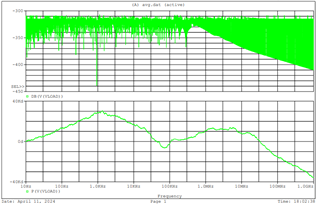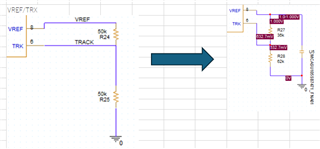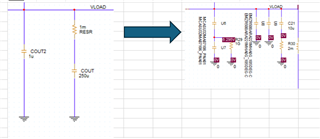Hello Texas Instruments
I am using LM5152-Q1 Pspice Transient Model which changed MOSFET , resister , capacitor and inductor.
I want to check Phase Compensation and Gain margin in my simulation model .
Could you please show me how to check?
regards Takeshi







